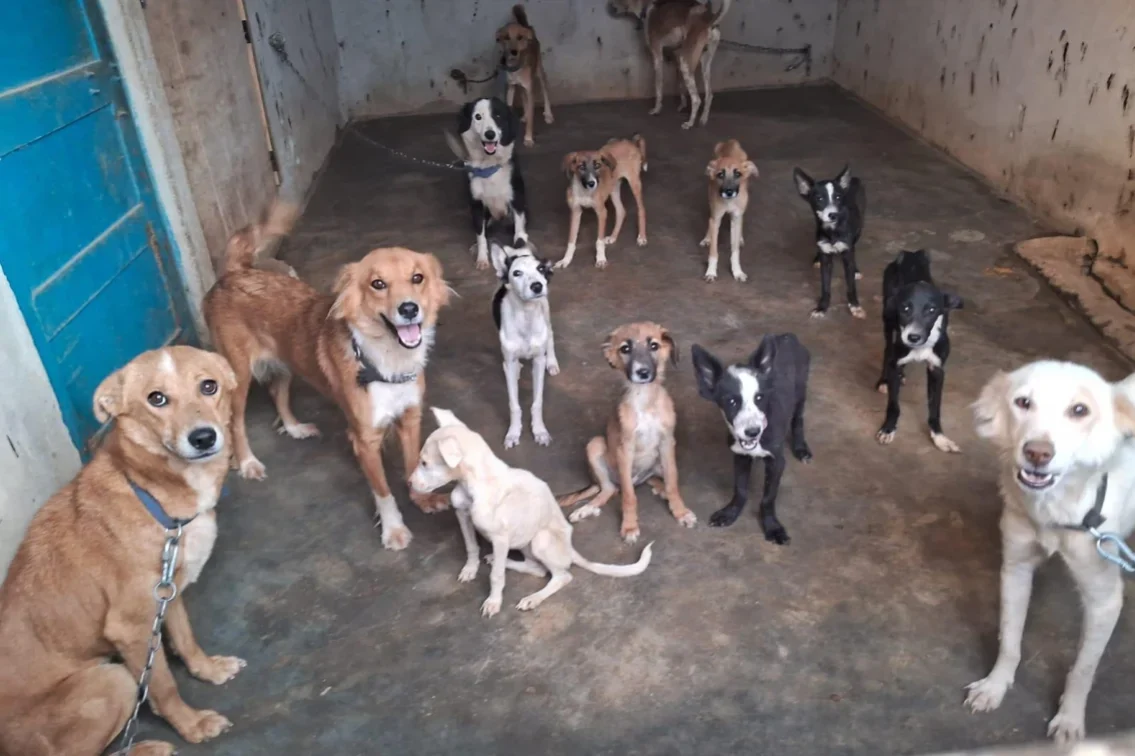What is dog fever?
Just like in humans, dogs suffer from fever which indicates rising body temperatures and weakness. But in dogs, it is considered a fever if its body temperature is between 99 and 102 degrees. This is because a normal dog temperature is higher than that of human beings. The symptoms of fever are largely similar to humans in that the dog feels exhausted, weak, and low on energy. Dogs with fever might cough or vomit, and will have an extra dry nose.
How to check if a dog has fever?
How do you know if your dog has a fever? First, you will have to check your dog’s temperature. You can do this by using a rectal thermometer or an ear thermometer to measure your dog’s temperature. With a rectal thermometer, you can insert the device into the dog’s rectum about half an inch in, and keep it there for about 60 seconds to get a quick result.
Causes of dog fever
There are so many causes of fever in dogs. Usually, an open wound is likely to result in a slight fever. Vaccinations are another common cause. Tick fever, urinary tract infections, TVT and other medical conditions could result in a rise in temperature as well.
Keep human medicines out of reach of dogs, and do a check of other things in the house that might be poisonous for dogs. Fever is one of the big side effects of ingesting poison.
Dog fever symptoms
A common symptom that the dog has fever cited among dog owners is dryness of the nose. This is however not an accurate reckoner of fever. Sleeping dogs or a dog that has just woken up will have dry noses as well. At the same time in a normal dog, the nose should have normal moistness/hydration and a runny nose or mucus or a crusty dry nose are both symptoms of a disease.
The most reliable reckoner if something is wrong with the dog is a change in their habits and demeanour. The dog will show a change in the level of energy, will be listless or sullen, lethargic, and will pant more as it tries to cool off or seek a cool corner. The dog may drink water repeatedly to cool off, not eat adequately or the color & smell of the urine and faeces will change with fever.
A loss in appetite is par for the course, but make sure there is always water as they might become easily dehydrated. If they become too sick, they will begin to shiver, faint, and vomit out whatever they ingest.
The best way to know there is a fever is to take the dog’s temperature. The temperature should be checked anally. See also: How should I check my dogs’ temperature?
When to call the vet?
If the dog’s temperature crosses 102 degrees, then it is time to call a vet. Make an appointment with your dog’s veterinarian after the temperature check (described above).
At home care
Once the veterinarian has prescribed the right medication for your dog, you will have to ensure that it takes the medications with its food for the next few days. The temperature of your dog should reduce, and you can use a cool, wet towel to naturally bring it down. Consult with your dog’s vet about diet – he or she will usually recommend light food like bland chicken and rice.
The information contained in VOSD Vet Advice™ is not intended nor implied to be a substitute for professional medical action which is provided by your vet. You assume full responsibility for how you choose to use this information. For any emergency situation related to a dog’s health, please visit the nearest veterinary clinic.





